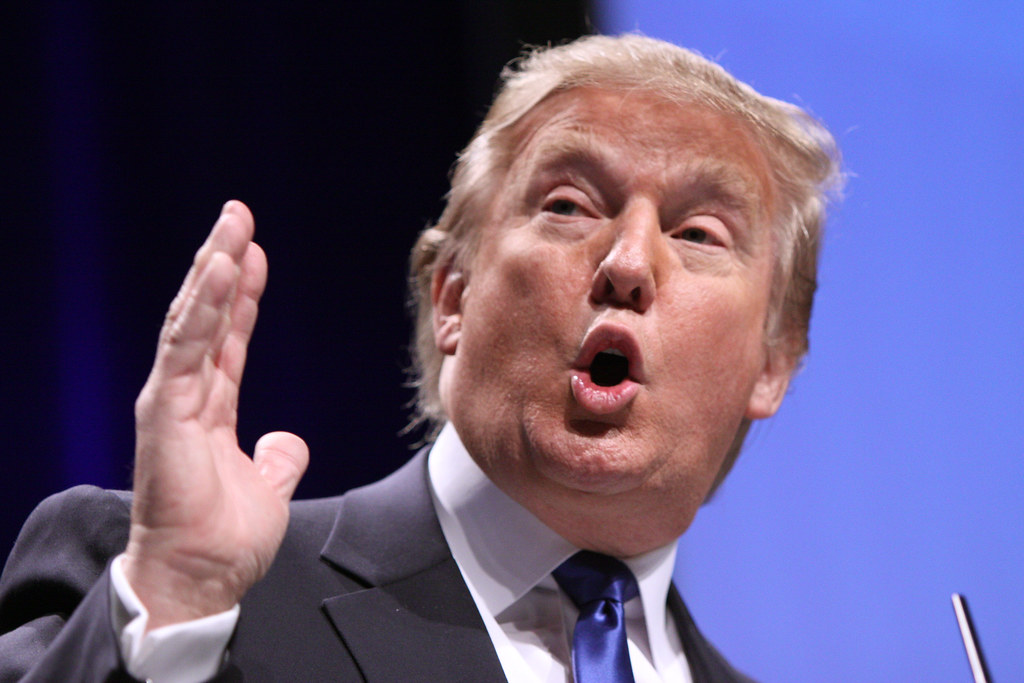Key Takeaways
- Trump unveiled a new peace plan for the Middle East.
- Diplomats point out serious gaps in the proposal.
- Critics worry there’s no clear “day after” strategy.
- The plan lacks strong bipartisan support.
- There’s fear the White House will move on too soon.
Donald Trump recently signed a high-profile peace plan aimed at resolving conflicts in the Middle East. Yet, almost immediately, worries emerged that the plan may crumble. Experts say it contains major holes and lacks follow-through steps. They argue that without a solid roadmap and wider support, the peace plan could quickly lose any chance of success.
Experts Question the Peace Plan’s Future
Karen DeYoung from a major newspaper notes that the peace plan has many weak spots. She explains that top diplomats see missing pieces in the framework. Moreover, some think Trump’s team will shift focus to other issues, like the Russia-Ukraine war. Aaron David Miller, a veteran negotiator, warns that the plan may collapse once attention drifts away.
Miller says, “If I were in charge, I’d set up four working groups. Each would be led by a senior U.S. official. They need clear tasks for the day after a peace deal.” In his view, big conferences mean little unless planners know what comes next. For decades, Miller has seen talks fizzle when leaders fail to handle post-conference needs.
Missing Follow-Up Steps
A key concern is that Trump’s team did not outline detailed follow-up steps. Without them, local leaders can’t plan for lasting peace. Experts stress that a strong peace plan needs concrete commitments. For example, they call for rebuilding projects, refugee support, and security measures. Yet the new plan only mentions these goals in broad terms.
Diplomats also note that no timeline exists to track progress. They fear that once cameras leave, so will aid workers and negotiators. Therefore, momentum could fade fast. As the immediate crisis eases, local actors might lose interest or trust. This risk could undo any initial goodwill the plan created.
The Cost of No Bipartisan Backing
Another major issue lies in politics at home. Trump chose not to involve key Democratic leaders. Instead, he criticized past Democratic presidents for not supporting Israel. As a result, most Democrats in Congress feel left out. They may refuse to fund or endorse the plan. Without bipartisan buy-in, the peace plan’s credibility weakens.
In the past, U.S. peace efforts relied on shared support from both parties. This unity gave foreign leaders confidence that deals would last beyond one term. Lacking that, nations may doubt America’s long-term commitment. Critics argue that a truly lasting peace plan needs broad backing to survive political shifts.
What Comes Next?
Right now, the White House faces a crucial choice. It can either build on the peace plan or set it aside. Some insiders say Trump’s team already plans to tackle the Russia-Ukraine standoff next. If so, the Middle East could drop off the priority list. This would leave fragile talks hanging in midair.
To avoid that, experts urge creating clear working groups now. They suggest setting regular meetings with all parties. They also recommend naming U.S. envoys to manage progress. This way, the effort won’t depend on one person’s attention span. Instead, it becomes a stable, ongoing process.
Conclusion
Donald Trump’s new peace plan shows bold intent but lacks depth. Experts warn the plan’s gaps could lead to quick failure. They point to missing follow-up steps, no clear timeline, and a lack of bipartisan support. Unless the White House commits full resources and keeps attention fixed, the peace plan may fizzle out. The next few weeks will show if leaders can turn a hopeful announcement into lasting change.
FAQs
What are the main problems with the new peace plan?
Experts say the peace plan has missing details on follow-up steps, no clear timeline, and lacks support from both parties.
Why do diplomats worry about the “day after”?
They fear that without planning for reconstruction and security, any cease-fire or agreement will fall apart once the spotlight fades.
How could bipartisan support help the peace plan?
If both Republicans and Democrats back it, foreign leaders feel more confident the U.S. will stick to its promises, even after a new president takes office.
What steps could ensure the plan’s success?
Experts recommend creating several working groups led by senior U.S. officials, setting clear goals, and holding regular progress meetings.

